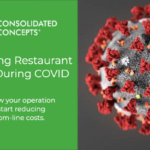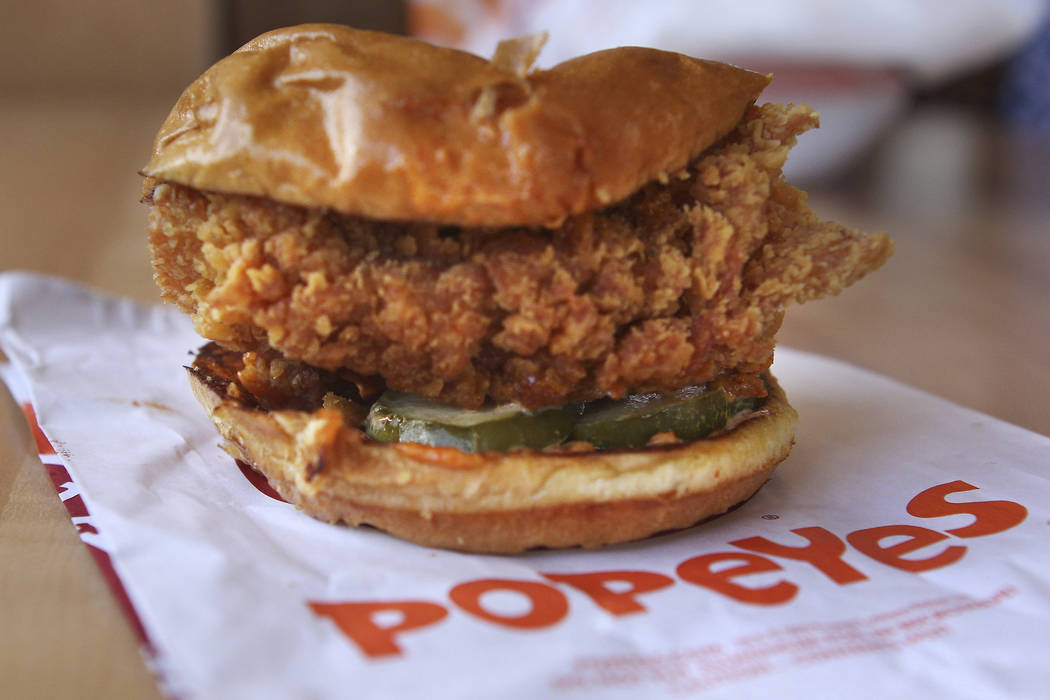Now, with restaurants experiencing an unprecedented slowdown and even shutdowns in the face of a virus that has been declared a pandemic, operators are wondering not only how to keep the doors open, but also how to protect their staff and keep them employed until the public returns.
We couldn’t think of a better time to address the subject of how to maintain labor efficiency in slower months.
In addition to the unusual circumstances that surround us now, many restaurants experience offseason months. One of the biggest challenges these establishments face is how to keep their primary staff employed, retain a profitable business, and alter their budget in order to stay afloat until the busy summer or winter months descend.
In essence, there are two considerations: Controlling costs and increasing business. Let’s take a look at two factors that can ensure continued, profitable operations, even in the offseason.
Labor Controls
As with any business, putting labor controls and procedures in place is mandatory. In our current environment of labor pool shortage and minimum wage hikes, the average labor cost comes in at around 34 percent. Note the word, average. As we know, unlike multi-unit mega chains, independent owners operate restaurants that are very unique and are anything but average.
One benchmark that is a better target to aim for is your prime cost which equals your total cost of goods sold plus your total labor costs. This represents two of your biggest expenses, and controlling this number is one of the keys in maintaining restaurant health. Dividing your prime cost by your total sales reveals your prime cost as a percentage of sales, with a general target being anywhere from 55 percent for quick service restaurants to 65 percent for fine dining, full service establishments.

The benefit of this number is that you have two controls: food and beverage costs as well as labor costs. Controlling inventory, minimizing food waste, optimizing menu engineering, monitoring vendor pricing, and smart scheduling based on forecasts are all procedures available for optimizing control. Controlling food costs by working with an established GPO is one of your best solutions.
When sales are slow, the cost of labor will undoubtedly be higher. Manager’s salaries are maintained, leaving hourly employees the ones that bear the brunt of reducing labor costs. Minimum staffing levels, however, can ultimately impact customer service and lead to less brand loyal guests that will greatly affect a restaurant’s profitability in the long run.
It’s important to keep in mind that this number will change dramatically when the busy season erupts. In fact, labor can come in at close to 40 percent during the slow months and fall down to less than 20 percent during peak months. Developing a target for each month is the best approach to long-term success.
Keep these numbers in mind as we explore labor controls.
Over Managed
While good management is the key to successful operations, over-management can be a road to low profitability. How many times have you walked into a restaurant and seen management performing tasks that hourly employees are quite capable of?
Overtime
Overtime is one of the biggest contributors to high labor costs. If you find it difficult to manage labor so that this number is kept to a minimum, consider integrating an employee scheduling software system that takes into account forecasted sales. A popular brand among restaurants is 7Shifts.
Seasonal Employees
Consider maintaining your core yearly staff and hire for the peak seasons. Coolworks is a well-known site for hiring seasonal staff. You’ll want to start the process well before your season begins.
Train
A well-trained team not only ensures a high-quality product and exceptional service, it is also proven to increase your bottom line. Well-informed, incentivized servers are proven game-changers by increasing sales and enhancing customer experience. Employee recommendations can result in conversions 54 percent of the time. Unfortunately, only 5 percent of your staff is usually making these recommendations. Tipzyy, a mobile software platform, educates servers in areas such as pairings, upselling beverages, and more, and also rewards and recognizes your top performers.
Controlling Food & Beverage Costs
While there are multiple procedures designed to control this all-important cost, working with a GPO year-round can help you weather the inconsistencies associated with offseason. Many can also help with offseason menu planning that minimizes food and beverage costs during the slow season while still maintaining the quality your customers have come to expect.



